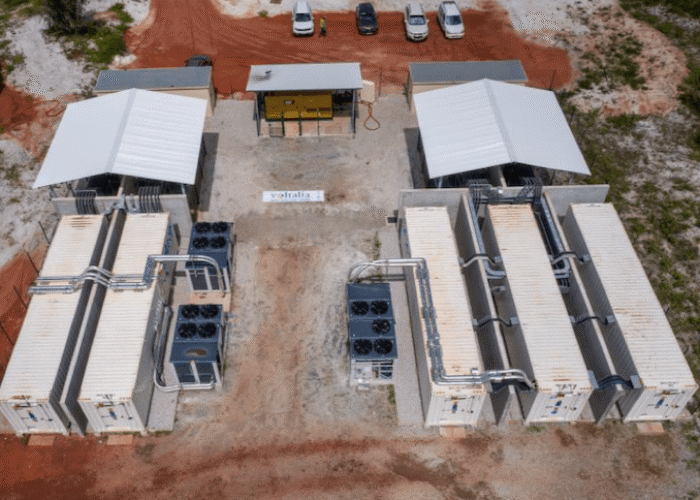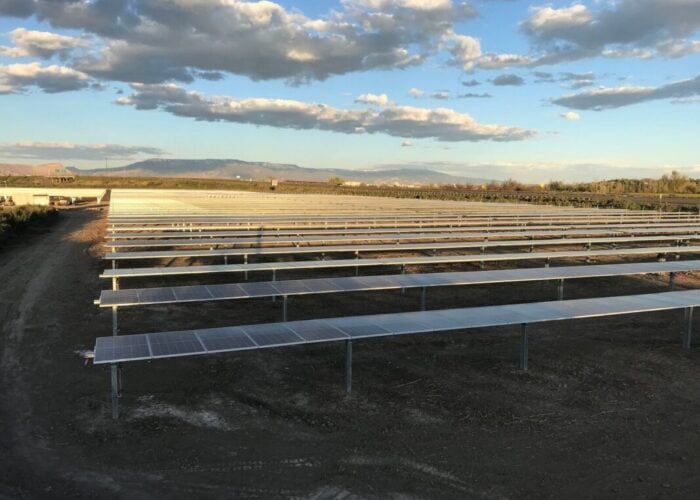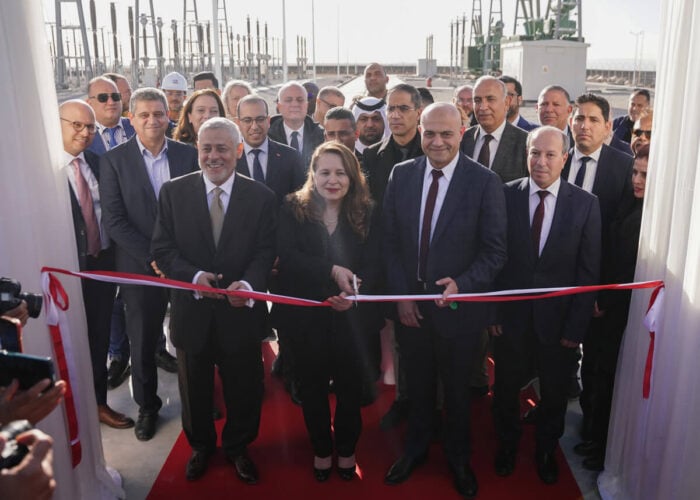A presentation by Fraunhofer ISE at EU PVSEC 2015 claims to offer a better approach to higher efficiency solar cells and low cost production after reporting a record cell efficiency of 25.1%.
Prof. Stefan Glunz, Division Director of Solar Cells – Development and Characterization at Fraunhofer ISE made a plenary talk on a Tunnel Oxide Passivated Contact (TOPCon) technology, entitled ‘The Irresistible Charm of a Simple Current Flow Pattern – Approaching 25% with a Solar Cell Featuring a Full-Area Back Contact’.
Try Premium for just $1
- Full premium access for the first month at only $1
- Converts to an annual rate after 30 days unless cancelled
- Cancel anytime during the trial period
Premium Benefits
- Expert industry analysis and interviews
- Digital access to PV Tech Power journal
- Exclusive event discounts
Or get the full Premium subscription right away
Or continue reading this article for free
PERC (Passivated Emitter Rear Cell) technology reduces recombination increasing conversion efficiency, yet requires additional patterning steps and leads to longer current conduction paths in the silicon wafer. TOPCon, it was proposed, reduced loss mechanisms to increase the efficiency further than PERC.
TOPCon technology uses full-area passivated back contact, without any patterning.
Fraunhofer researchers developed a selective passivated contact made of tunnel oxide that enables majority charge carriers to pass and prevents the minority carriers from recombining. The thickness of the intermediate passivation layer is reduced to one or two nanometres, allowing the charge carriers to “tunnel” through it. Subsequently, a thin coating of highly doped silicon is deposited over the entire layer of ultra-thin tunnel oxide. This novel combination of layers allows electrical current to flow out of the cell with nearly zero loss.
“To improve the solar cell efficiency, the focus has been on increasingly complex solar cell structures up to now,” noted Dr. Martin Hermle, Head of the High Efficiency Solar Cells department at Fraunhofer ISE. “The biggest advantage of our new concept is that we can now contact the entire rear cell surface without patterning. Compared to the high-efficiency solar cell structures presently in use, we offer both a simplified manufacturing process and higher efficiencies at the same time.”
Fraunhofer ISE said the TOPCon technology enabled a record conversion efficiency of 25.1% has been measured for a both contacted sides of the cell.
This record achieved by Fraunhofer ISE is claimed to be the highest efficiency achieved to date for both sides-contacted silicon solar cells, characterized by having metal contacts on both the front and rear sides and had potential for higher conversion efficiencies.






